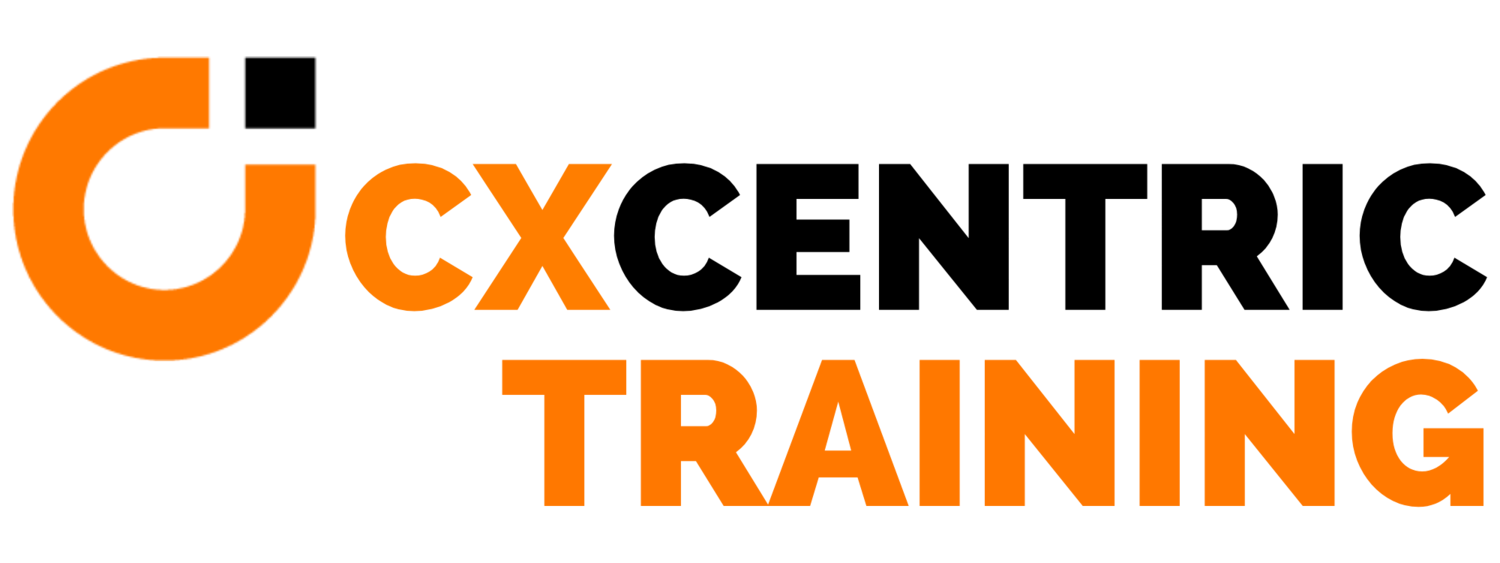Keynote: The ROI of Customer Experience by Nate Brown.
About CX Centric Conversations
CX Centric Conversations are interactive international discussions centered on business growth through Customer Experience and Customer Centricity. We are a global community. To keep updated about future events and projects please click here.
Nate Brown the Chief Experience Officer of Officium Labs was the keynote speaker for the Roi of the CX online event. Nate is passionate about helping employees to understand the customer journey and how they play a role in improving it. He is also well versed in a variety of CX disciplines, including journey mapping, survey process and analysis, the voice of the customer programs, employee engagement, and many more. Nate’s presentation was mainly based on a case study that one can surely use in understanding what is expected in the ROI transformation process in CX.
In starting his presentation, Nate asked a very poignant question concerning CX which was: Is CX an art or a science? He went on to answer this question by mentioning that CX fits in both worlds of being an art or science. In it being artistic, he says it is because CX alters feelings and perceptions that people have towards a company. It is with Customer Experience Management with which CX becomes scientific, Nate mentions. He explains this to mean that, we grow the business through earning the right with existing customers, with this, he says there's so much science that goes into that change management aspect in ultimately improving the customer’s journey.
Further, into his presentation, Nate explained a case study based on the ROI transformation approach in CX which they used at Officium Labs for a certain client. This approach is based on building and achieving.
Build :
Research and understand the team, culture, and end customer
Complete the ServiceStack assessment and align data
Identify key opportunities for success or improvement
Refine vision and mission
Build out transformation plan, aligned to key KPIs/ Goals
NB: ServiceStack = Profit Value
Officium started by agreeing on the vision and key KPIs to measure and then integrated into the ServiceStack transformation approach to delivering ROI.
Achieve:
Deliver ROI based on data, experimentation, and best in class performance driven by excellent processes, talent, and next-gen technology
Measure, manage and iterate
Nate further mentioned that ROI is subjective. These were the client’s ROI goals:
Reach 80% customer satisfaction by 2023
Demonstrate 5-10% revenue protection for players receiving customer support by 2023
Create a next-generation technology stack to gain a 360-degree view of the player
Achieve 35% customer service automation by 2023
Create an exceptional employee experience and be considered the best place to work for talent
From the project the Officium did for their client concerning the ROI transformation approach, these were the findings:
Talent:
They had an amazing group of talent that wanted to do what was right for the customer and company
They needed to be better able to tell the services and experiences story at the Executive story
Technology:
Their experience data was siloed and not aligned with product information
Their analytics capability was hampered due to data structure integration issues
There were not operating on top of quadrant automation and CRM
Process:
Their goals and KPIs did not align with their vision and most teams were operating in silos
Process and execution was inconsistent across their internal and external groups
Lack of relevant talent
The execution was hampered because of the process involved, talent, and technology
In closing his presentation, Nate mentioned that to win with the ROI transformation approach requires an innovative and holistic approach. This is achieved by transforming everything, from everything technology-related to a service model to analytics capabilities to leadership mentality.
Key takeaways from the event:
Understanding what Customer Experience entails thus both involves the scientific and artistic side
How to use the ROI transformation approach to deliver ROI
How to use feedback from customers to make improvements in your company’s services and/or products
How to create ambassadors from both customers and employees
The use of journey maps thus can be applied effectively to multiple areas of the business

